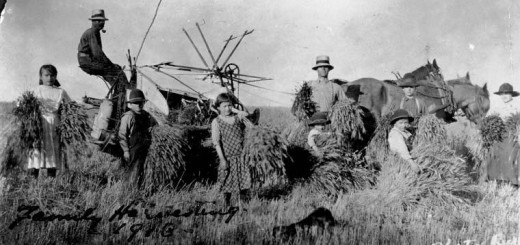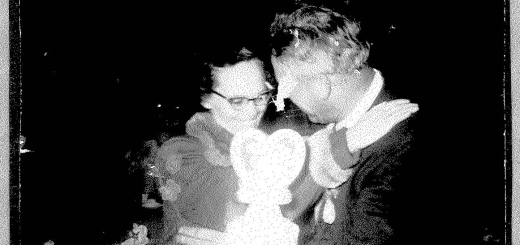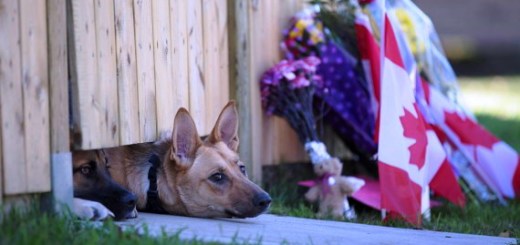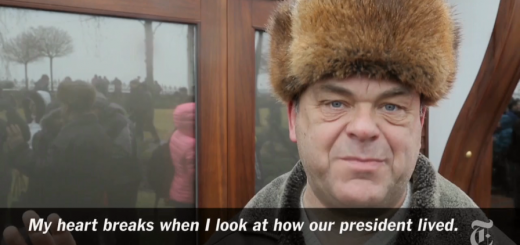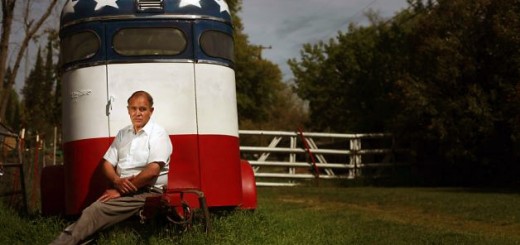What it Means to be a Rural Woman, Part I
The United Nations sets aside October 15th as ‘International Day of Rural Women’ to ‘recognize the critical role and contribution of rural women . . . .’
I’ve set aside every one of my ±21,170 days on this earth, for as long as I can recall, to honour a rural woman as well — not to mention so many others like her — rural daughter, sister, neighbour, and especially, rural wife and mother . . .
My mother (1933-
Shortly after marrying my Father in 1933, they both settled on a 20 x 14 foot patch in the south-east corner of what became the family homestead. For the first three years Mother and Dad subsisted in a sod hut. Eventually, a clapboard shanty replaced the sod hut. And later yet in 1955, the shanty was moved to the site where the family home was under construction.
Note to minimalists, tiny-housers, recyclers, DIY’ers, and any other trend-seekers, in the day, they “re-purposed” long before you came along.
The family shanty became a chicken coop.
How would you like to live in a chicken coop, before it became a chicken coop, without any changes being made to make it a chicken coop?
Just askin’.
Wallpaper or paint?
Mother welcomed New Years Eve, December 31, 1934 in a sod hut very similar to the image pictured above.
It was on the heels of the Great Depression. The daily minimum temperature recorded for Saskatchewan on that day was was -34.6 Fahrenheit or -37 Celsius. Yes, minus.
This “sod” was the only material available for construction. Dad would most likely have ploughed extremely straight furrows, on a near-by slough, probably three or four inches deep. Then cut them into 60 cm lengths, a little less than two feet. Placed grass-side down they were assembled like bricks, leaving space only for a door and window(s). The roof consisted of birch or poplar tree trunks trimmed into poles, covered with hay and then another layer of thinner sod.
As for dinner? Boiled potatoes, maybe salt pork and some real coffee from Bazuik’s Store. Just guessing. They had no money. But I recall Bazuik’s and later, B. Jeal’s and much later, Jack Teskey, mentioned as ‘understanding’ grocers.
Mother welcomed July 29, 1939 with the birth of my brother, Orest. In the clapboard shanty a.k.a. the chicken coop of 1955. At least it was summer. 17 Celsius or 62 Fahrenheit.
That was my Mother, the rural woman
To think I complained about the Nun and childbirth.
Note from Gravel Roads — Next installments describe Mother’s means of contact with anyone, coping without electricity, plumbing or heating, and home nursing (Part II), living alone on a farm, and home schooling (Part III). Way later, we’ll talk about a self-sustained family farm. For those who’ve yet to read “One Man’s Voice“, my parents lived under these conditions until the half-section of homestead land was cleared of poplar trees and brush. It would next be tilled, seeded and harvested. But only after picking and hauling away stones, then boulders deposited in the glacial retreat. Guess who was there, child-in-tow, labouring and nurturing, as any rural wife and mother would? Yep, my Mother, the rural woman.








